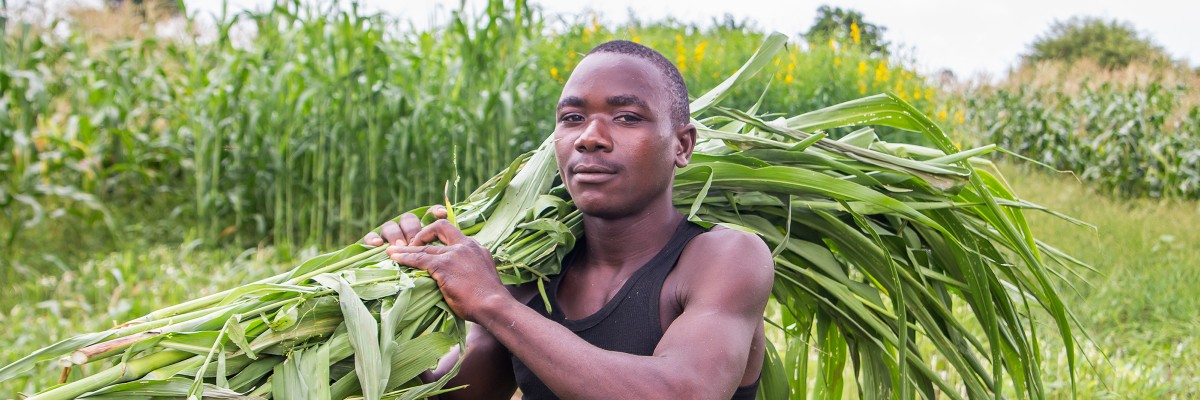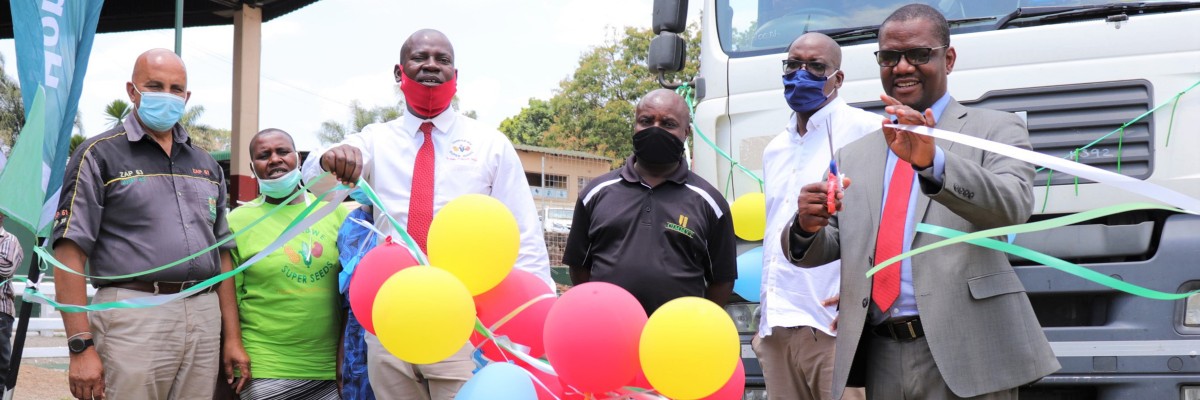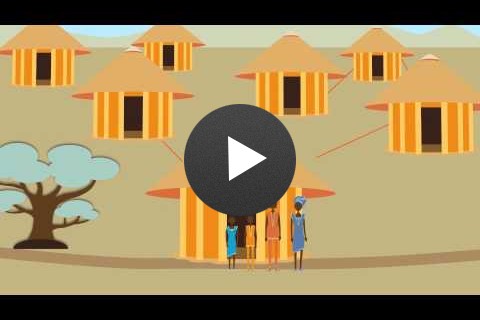Zimbabwe was once one of southern Africa’s most vibrant, productive, and resilient countries. However, over the past two decades, a series of political and economic crises have led to a general decline in the standard of living and a breakdown in public health, education, and infrastructure.
The country has an estimated population of 14 million, and about 9.5 million live in rural areas. Sixty-three percent of all households live in poverty, and 16 percent live in extreme poverty. As government policies negatively affect the agriculture sector and the climate becomes more erratic, farmers have found it harder to produce sufficient yields, contributing to the country’s recurrent food insecurity.
Zimbabwe’s high mortality and illness rates are a result of an under-resourced health delivery system, which is overstretched by the high burden of HIV, TB, malaria, and maternal and childhood illnesses. More than a decade of worsening economic conditions and rising costs has eroded a once vibrant health system. Nonetheless, with U.S. Government support, the health sector has produced notable results such as an HIV prevalence rate that declined from 26 percent in 1999 to a current rate of 14 percent. The number of malaria cases has also decreased from 1.2 million in 2008 to less than 265,000 in 2018 – a dramatic 78 percent reduction.
USAID supports the people of Zimbabwe to strengthen health services, increase food security, support economic resilience, and promote democratic governance.







Comment
Make a general inquiry or suggest an improvement.